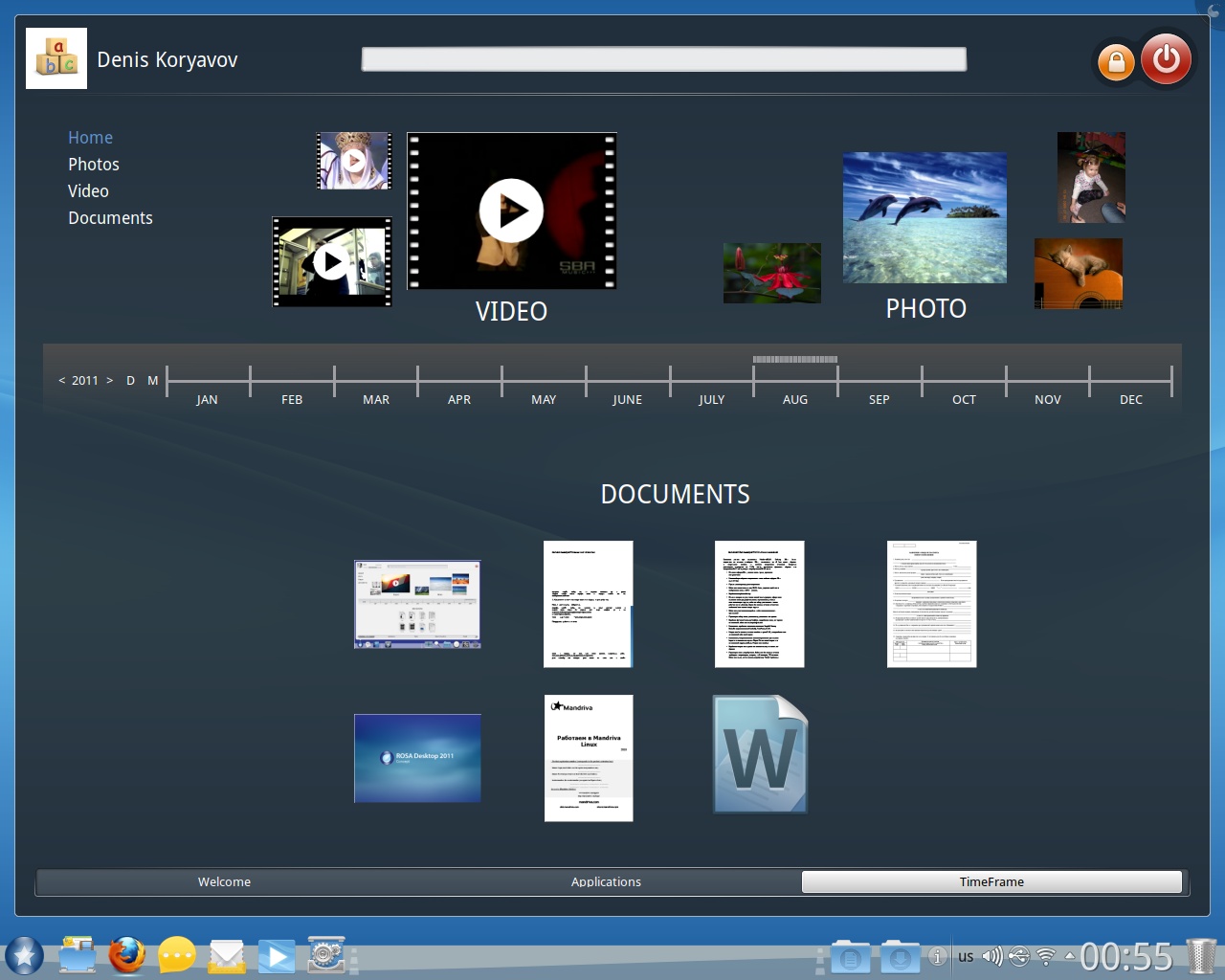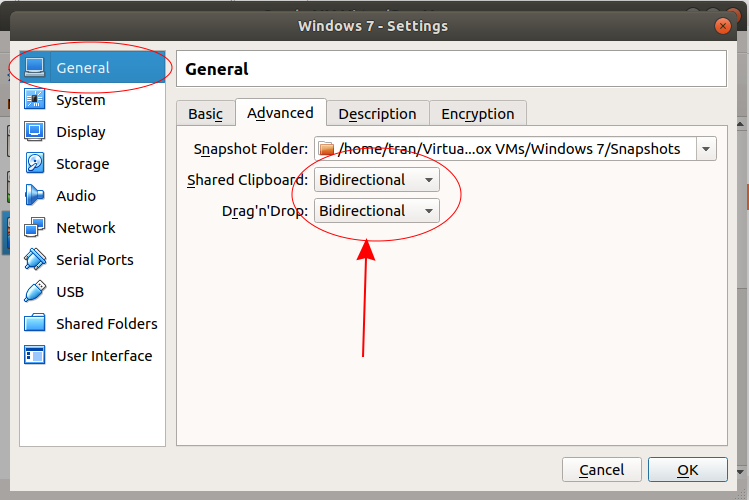


In order to install Ubuntu on VirtualBox, you should have a physical computer with at least 4 GB of RAM (Random Access Memory), a hard disk drive with at least 30 GB of free space (SSD is preferred due to its higher performance). Make sure that VirtualBox is installed on your physical machine before proceeding.

The operating system (OS) runs on a physical machine is referred to as a host OS, and the operating system run on a VM is called a guest OS (Ubuntu in this case). Today’s blog post explains how to install Ubuntu on VirtualBox. Installing Ubuntu on VirtualBox as a virtual machine (VM) has a lot of advantages – you can create a snapshot and roll back changes to the appropriate VM state if something goes wrong, clone a VM, copy a VM to another machine easily (all VM data is stored as a set of files), or run a VM on different host operating systems that are supported by VirtualBox. Whether you are looking to try out some software, prepare for migration to Linux from Windows or macOS, test applications, network, or otherwise, you need to install Ubuntu on VirtualBox. Click Run to begin the installation.By Michael Bose How to Install Ubuntu on VirtualBox: Detailed Overview When that happens, you should get a prompt to run the software. This should mount a virtual CD/DVD drive inside the Ubuntu guest machine.

To install VirtualBox Guest Additions software on Ubuntu virtual machine operating systems, select the Devices from the VirtualBox host application menu and click Insert Guest Additions CD image. sudo apt install virtualbox-guest-dkms build-essential linux-headers-virtualĪfter installing the packages above, restart your machine and continue below. When you’re done, run the commands below to install the latest kernel header and dkms package to support VirtualBox. When you’re ready to install VirtualBox guest addition, run the commands below to update Ubuntu. The tool provides tight integration between the host and virtual machine operating systems, improvement to the VM graphics performance, shared folder between the host and guest machines, copying and pasting of text, images, and files between the host and guest machine as well as mouse improvement. When operating the guest machine without the guest addition software, the guest machine will perform poorly and your experience with it will be limited.


 0 kommentar(er)
0 kommentar(er)
